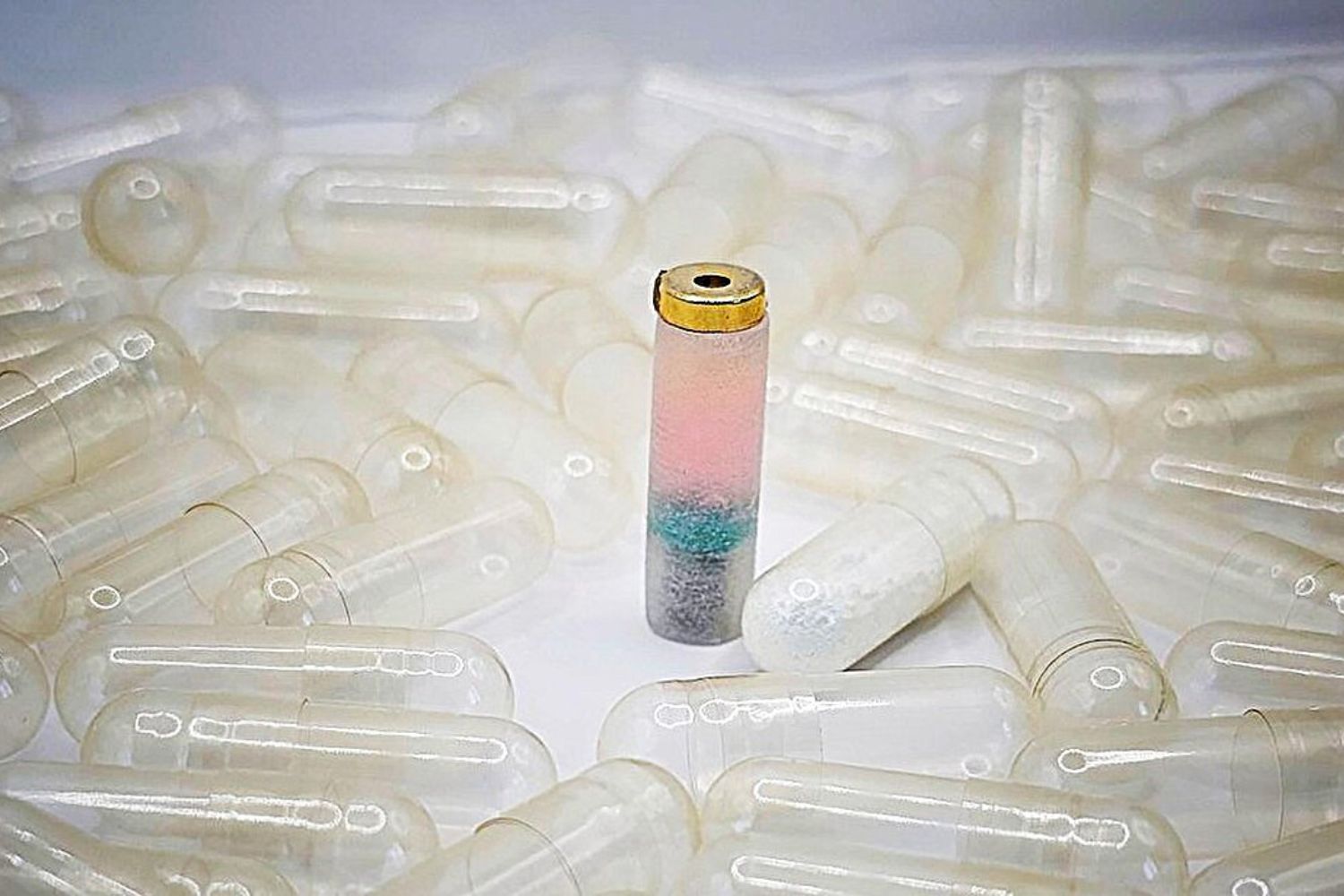When we talk about an AIDS vaccine, the most common question is: how did we manage to make a vaccine for COVID-19 in less than a year and that four decades later we still don’t have an HIV vaccine? Not only do we feel a little embarrassed, but we also try to explain that the two viruses cannot be compared. This HIV represents a whole new challenge in the field of vaccines.
First of all, let’s be clear about what a vaccine is: it’s a biological simulation in which we confront our immune system with a mock attack by a microbe. Thanks to this simulation, our system is activated and stores in its memory the pathogen with which we have inoculated. When we later encounter a real infection, the already trained system rememberrecognizes and destroys microbes.
The AIDS Vaccine: A Series of Failures
In the case of vaccines developed against AIDS, three stages can be distinguished.
Initially, prototypes were used similar to those of classical vaccines against other viruses such as polio and hepatitis B. These immunizations induce antibodies, biological missiles that block viruses before they enter our cells. Given his failure, in the second step we tried to induce reactions called cellular. infantry It destroys infected cells. Also these prototypes failed.
It can be said that HIV has left the history of vaccines strewn with corpses with the names of clinical trials. Janssen’s Mosaic study, recently suspended due to lack of performance, was the latest. No further Phase III trials are planned.
Why did we fail?
The biggest limitation to getting a vaccine is that our immune system is not ready to fight HIV. This is easy to understand with an example. What happens when we get covid? If we do not enter the 1% of the dead, 99% of the sick will be cured, because our immune system destroys the virus in a few days. In contrast, out of 100 people infected with HIV, not one is able to destroy the virus. If left untreated, 99 of those 100 people will die of AIDS.
Therefore, we face a new challenge: to teach the immune system to do what it does not know how to do naturally. This is not enough wake up response, as traditional vaccines do, because this reaction does not work. need to instruct immune system to do something new that works.
What makes HIV so resistant to immune response?
Evolution has provided HIV with a shell, or a devilish shell. Envelope proteins are found on the surface of viruses and allow them to infect cells by binding to cell receptors. A vaccine is only effective if it induces antibodies that block these proteins, preventing the virus from entering. They are called neutralizing antibodies. The HIV envelope evades these antibodies through four mechanisms.

- It forms an inaccessible closed structure. Imagine that the antibodies are directed to the fingers of one hand. The shell of SARS-CoV-2 is an open hand that is easy to reach with fingers, while the shell of HIV is a clenched fist that opens only when the cell membrane is touched. Too late for the antibodies to reach their target.
- Like a Star Wars ship shield, HIV coats its coating with sugars that block antibodies from reaching its surface. How is that lollipop which protects the chocolate core inside.
- In the outer regions accessible to antibodies, the highly variable envelope protein mutates and avoids attack.
- Added to these limitations is the fact that our immune system is slow against HIV. It takes two years for strong antibodies to develop, during which time the virus produces resistant variants. In the race between antibodies and the envelope, HIV runs much faster.

The Real Challenges of Vaccine Testing
Added to the technical difficulties of obtaining a vaccine prototype with the possibility of success is the difficulty of investigating the effectiveness of these prototypes in clinical practice. This is mainly due to three reasons:
- The frequency of attacks (new infections) is low, so cohorts of thousands of patients are required, which must be followed for many years to find significant differences between the vaccinated group and the placebo group.
- Vaccines should be evaluated in populations with a higher likelihood of infection, such as in sub-Saharan Africa, places with fragile health structures.
- From an ethical point of view, participants need to be offered and reminded that they must use protective equipment, condoms… This reduces the number of infections and makes it difficult to obtain differences between groups.
Is there good news or should we just give up?
While it may seem hard to believe, there is good news. First of all, despite its secrecy, we found small cracks in the casing of the HIV vaccine. Some very specific antibodies, which we call “universal neutralizing” antibodies, can reach these cells. Achilles’ heel from the virus and block it.

Although these antibodies are very rare, they do exist and are produced in some patients. Because we know the exact area of the HIV envelope they target, we can change it and customize it to create vaccines that induce these antibodies.

The ultimate challenge is to produce these antibodies quickly. This can be done by sequential immunization with different envelope protein variants. With this strategy, we accelerate the maturation of antibodies produced by the immune system.

Mission impossible?
We need vaccines that can activate the few cells that produce those exceptional antibodies that can break through the barriers of the virus and reach its Achilles heels. Powerful antibodies that can neutralize hundreds of variants that need to be produced in weeks, not years. These are completely new vaccines against a new problem, high-tech development. The SARS-CoV-2 vaccine is a walk in comparison with HIV, the pinnacle of great difficulties.
In 2020, 1.5 million people became infected with HIV and 680,000 people died from AIDS. The virus is there and it continues to kill. Developing a vaccine is the only way to kill him. No matter how difficult it is, we must keep trying. in his book Art of War, Yun Tzu says: “If you know your enemy and know yourself, you should not be afraid of the result of a thousand battles. If you know neither the enemy nor yourself, you will lose every battle.”
Now, thanks to our failures, we know our weaknesses and the strengths of the enemy. Perhaps for the first time we have a chance to win with new generations of designer vaccines that we are working on.
This article was first published on Talk

Source: Hiper Textual












